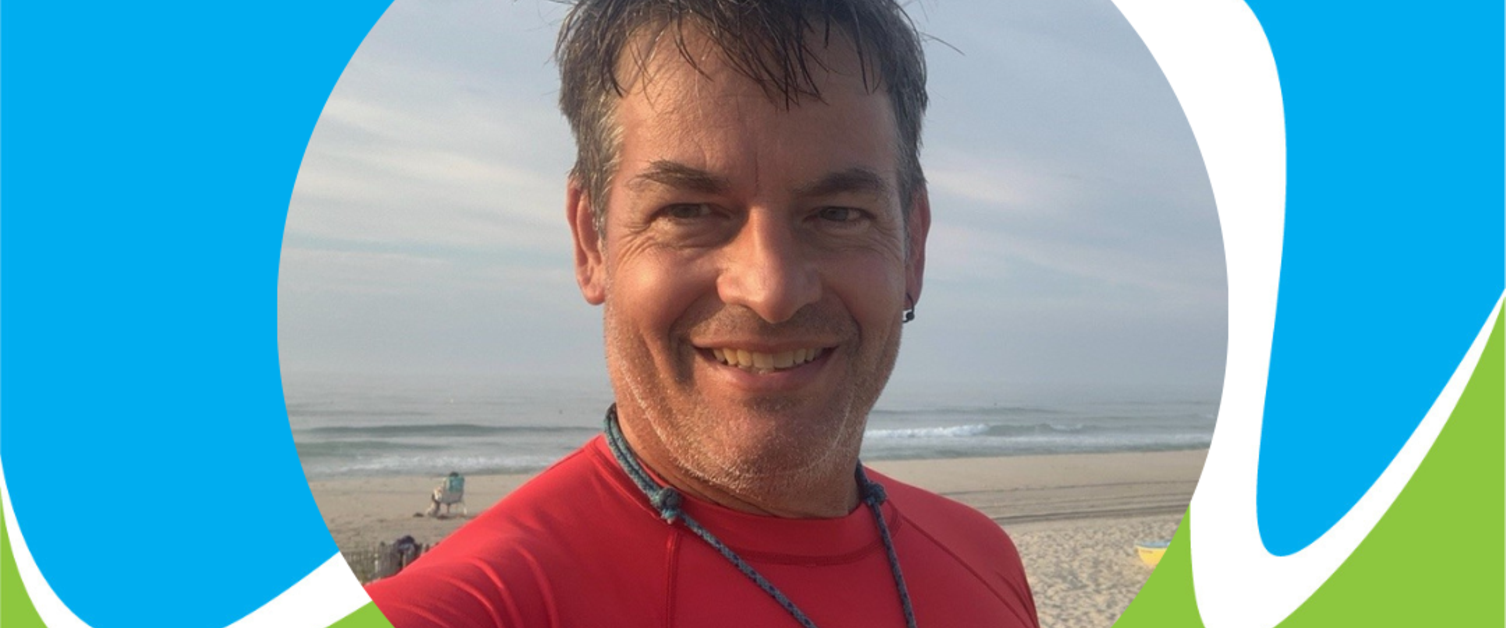Spring Break in The Impact Zone? Relax, for the perfect vacation and the safest!
- By Bruckner Chase
- Mar 6, 2023
Bruckner Chase – Ocean Positive Foundation, Host of NOAA’s “Wave Safe” Series
Memorial Day may be the start of summer, but Spring Break is beach time for millions of Americans escaping winter early. Many beaches won’t have full lifeguard patrols until summer, so protecting yourself and others depends on you.
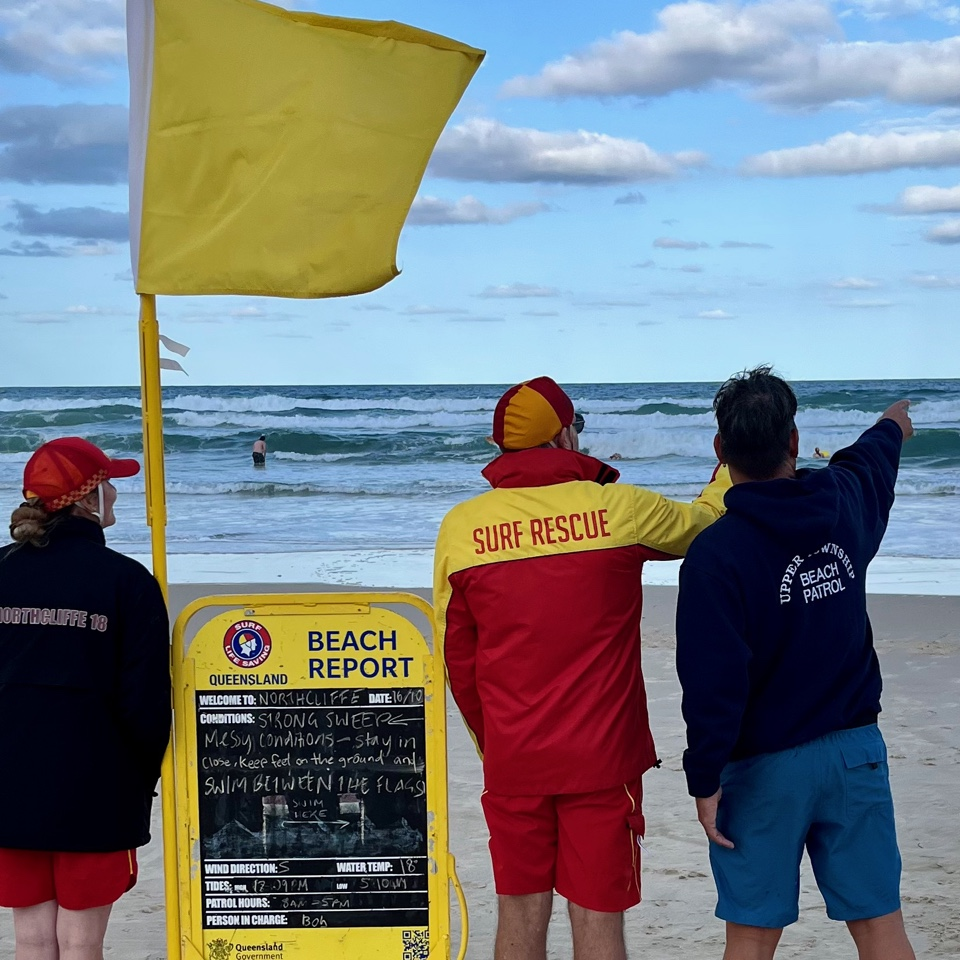
Situational Awareness is the mindset that keeps the beach safe. Driving from miles away or walking across a parking lot we constantly scan for vehicles, pedestrians, cyclists or stop lights. At the beach, keep up that level of awareness of the dynamic conditions and potential hazards created by changing tides, currents, waves or weather. Situational awareness and safety require aligning what you see with what you know about places that can change dramatically from year to year. Winter storms can profoundly alter coastlines and the sand beneath the waves, so the best place to play in the waves last year may now be the most dangerous.
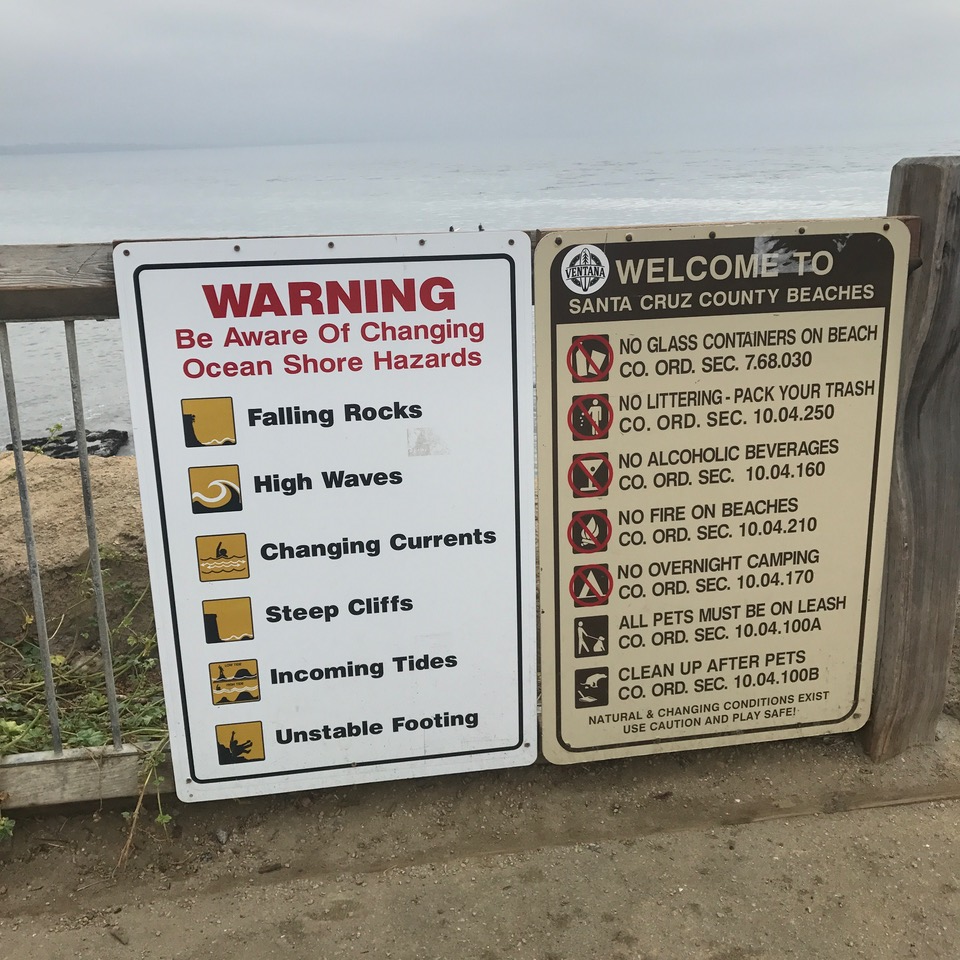
Along the path from the car to the waves every coastline has three zones, and what you do in each can keep every vacation day safe. In the parking lot or above the sand is the Safe Zone, an area where the waves and water can’t reach you. This is the best place to plan your day which starts by knowing the name of the beach you are visiting. Look, watch and study the weather, water and land before you move onto the sand.
.png)
Closer to the water is the Awareness Zone. Check here for signs, flags and lifeguard stands that may warn of hazards or indicate where to get help. Changing tides, weather and waves can create dangerous conditions in the Awareness Zone, so make an action plan here on how to safely enter and exit the water and the zone. Guarded beaches should always be your first choice even if you don’t plan to get in the water, and lifeguards are in this zone because it’s where any great day can come to a tragic end.
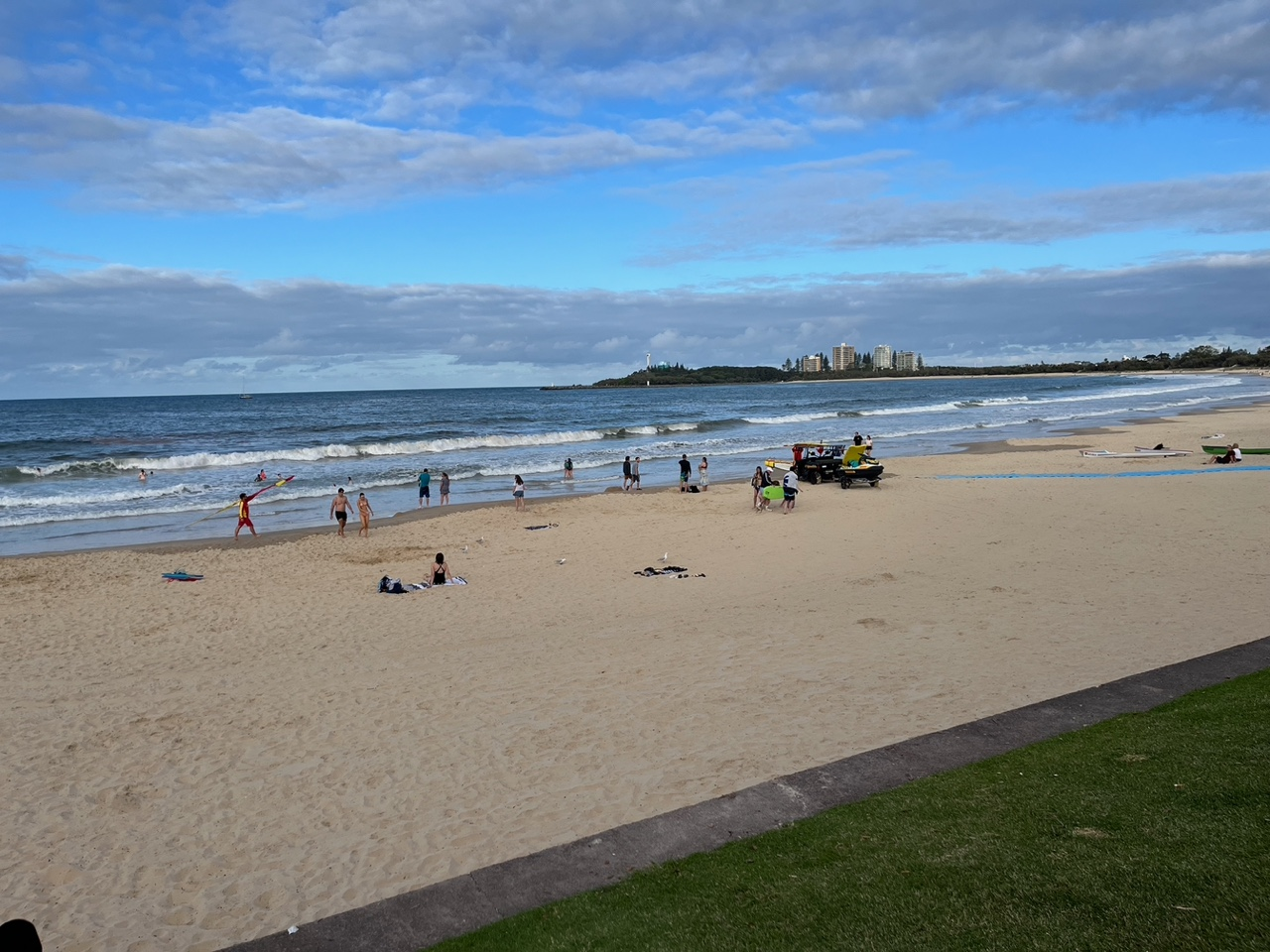
Where the waves meet the sand is the Impact Zone. Staying safe here means knowing how to navigate or avoid potential dangers like shore break and rip currents while also knowing how to get help if you or someone else is in trouble. The most valuable tool a lifeguard brings into any rescue is a calm state of mind, and staying relaxed is the best first step for anyone overwhelmed by strong currents or dangerous surf. If you are in trouble, signal for help and remember that sometimes the safest place to go first is past the breaking surf and then parallel to the shore before beginning to swim back to the beach. Even staying relaxed and floating on your back may give rescuers the extra time they need to help.
If you see someone else in trouble, practice “Take Ten.” A pause to relax and make the right decisions that protect yourself first to save others. Signal to a lifeguard and have someone call 911. Look for something that floats or will let you reach and assist the person in trouble while you stay safe. Keep an eye on the person in trouble and help them stay calm. Never charge into the water without the appropriate equipment, training and support so you don’t become a tragic second victim.
We all deserve a relaxing Spring Break and an even better summer. Learn, watch and relax so this spring is just one of many great vacation breaks at the beach.
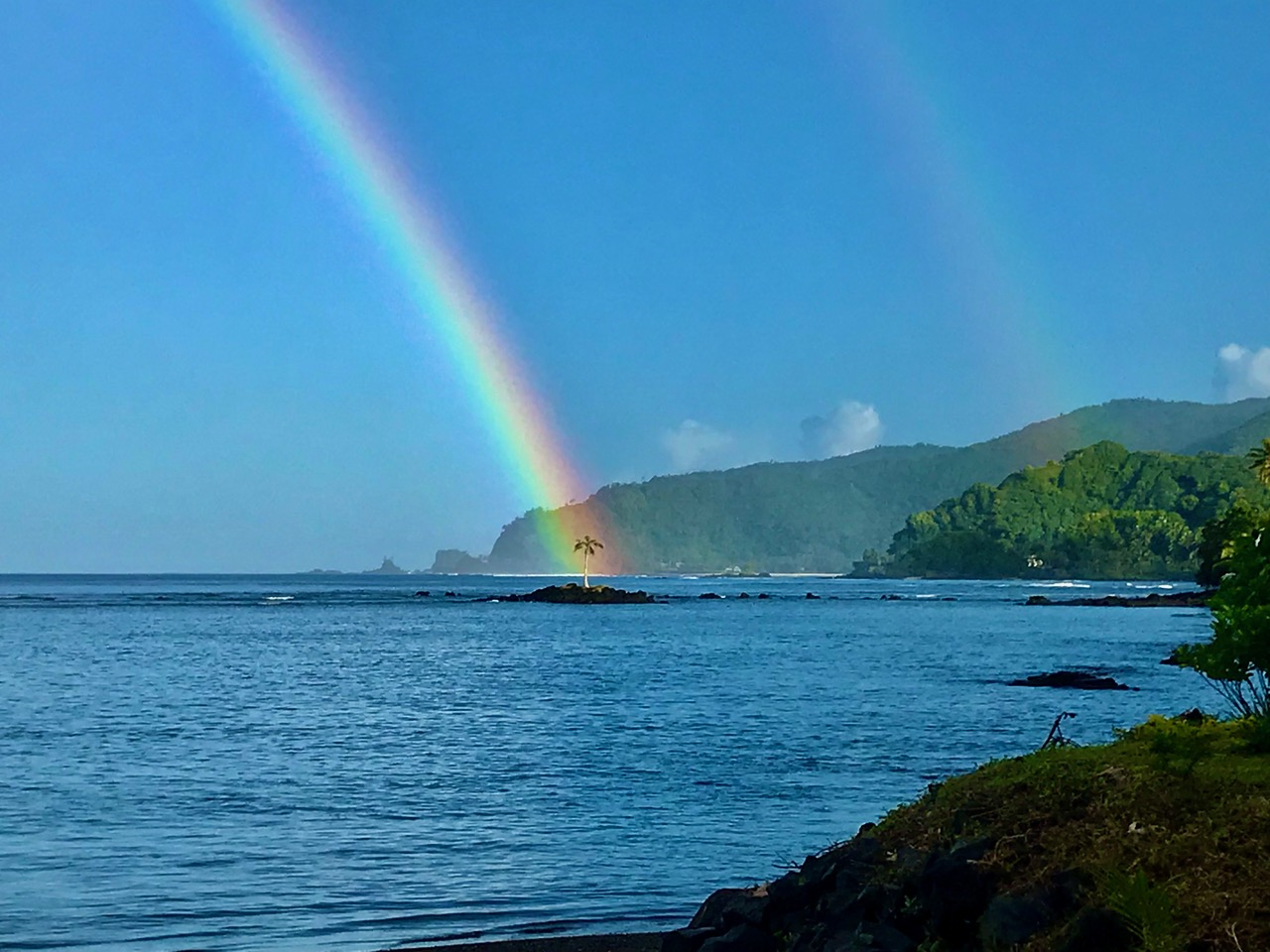
For those who want to take a Deeper Dive:
Take a virtual spring break with NOAA to some of our favorite shores in the National Weather Service’s "Wave Safe with Bruckner Chase” Coastal Safety Series: https://oceantoday.noaa.gov/every-full-moon/full-moon-wavesafe.html
Protect Yourself and Save Others - Take Ten: Know what to do if you see someone in trouble on any shore: https://oceantoday.noaa.gov/fullmoon-wavesafe-taketen/welcome.html
